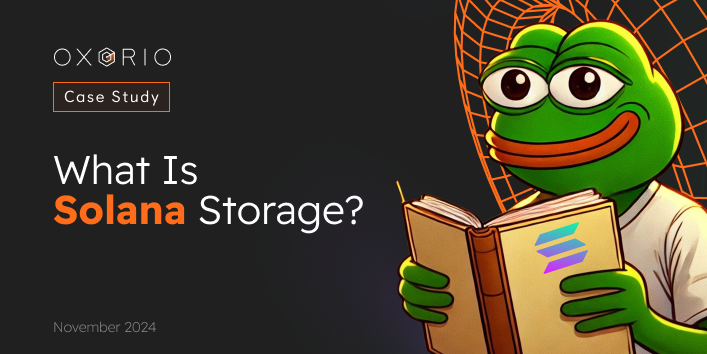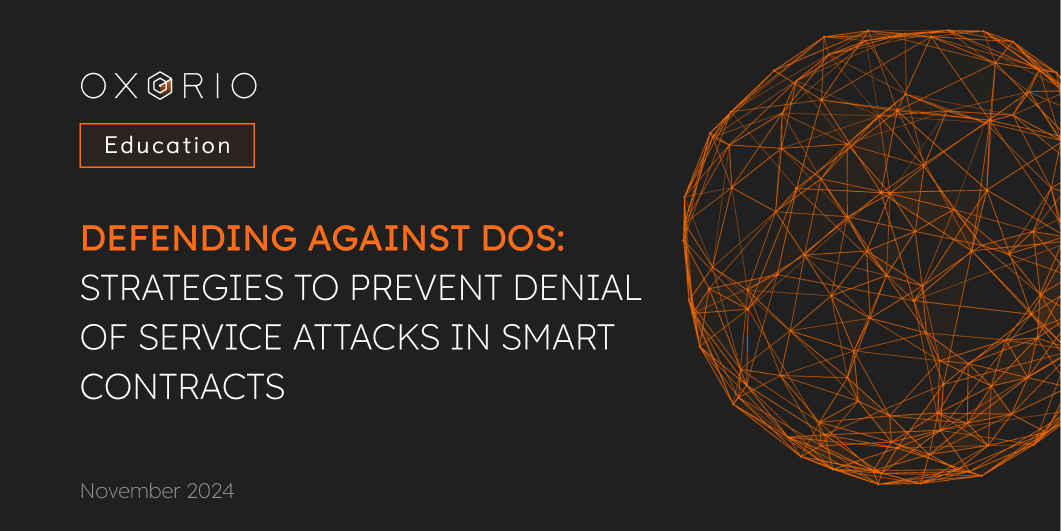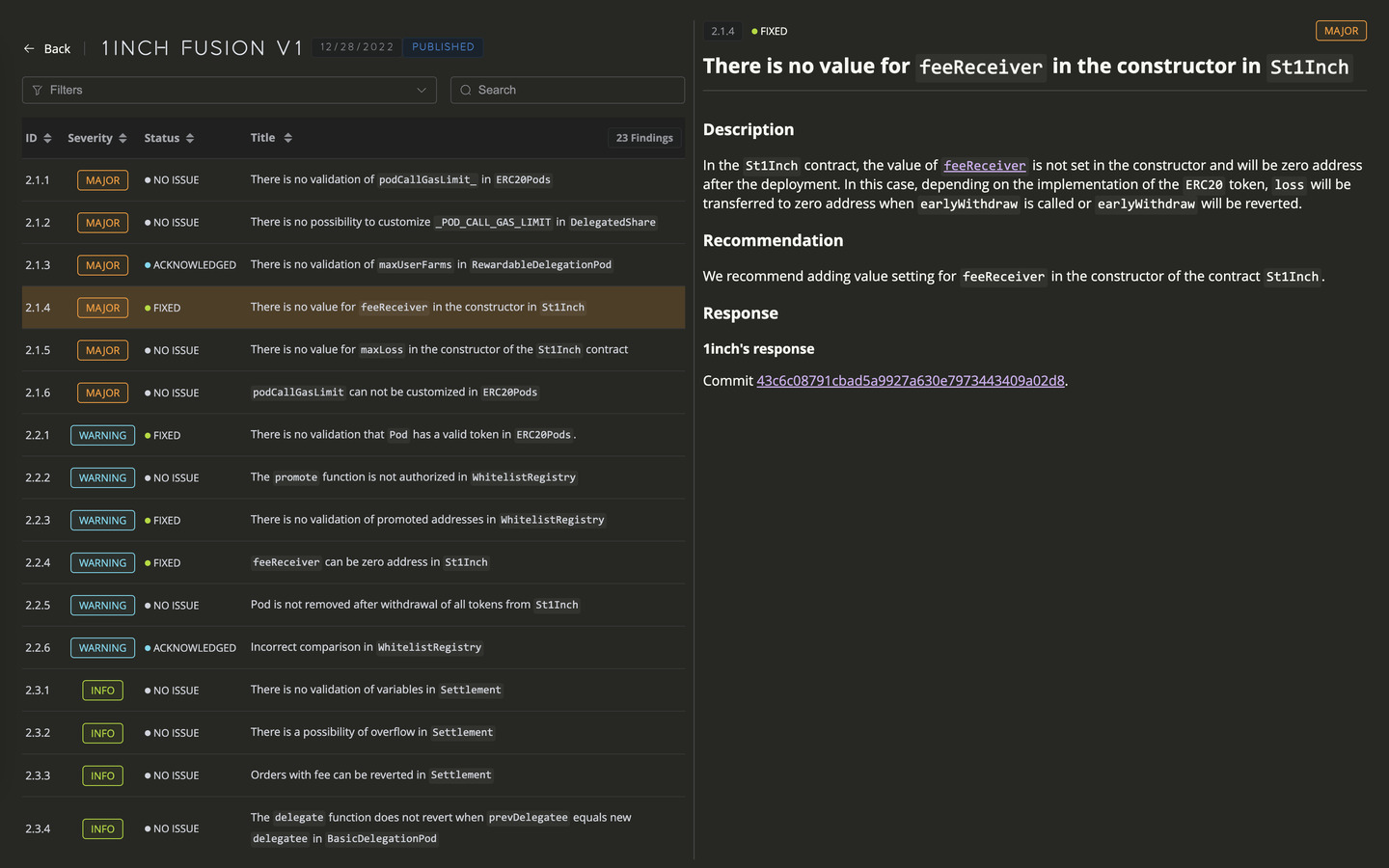The Top 5 Smart Contract Vulnerabilities and How to Avoid Them

The Top 5 Smart Contract Vulnerabilities and How to Avoid Them
Introduction
In 2016, the blockchain community witnessed one of its most significant setbacks: **The DAO Hack**. An attacker exploited a vulnerability in a smart contract’s code, leading to the loss of $60 million worth of Ether.
This incident wasn’t just a financial blow; it shook the very trust in smart contract security. Such real-world examples highlight the critical importance of safeguarding your smart contracts against vulnerabilities.
Smart contracts have revolutionized how we conduct transactions and automate agreements on the blockchain. However, their immutable nature means that any vulnerability can lead to significant financial losses and reputational damage.
Many web3 projects have suffered severe setbacks due to these vulnerabilities. Ensuring the security and reliability of your smart contracts is not just important— it’s essential.
At Oxor.io, we emphasize the importance of proactive auditing to safeguard your projects. We expose each of these attacks in great detail to help you understand and mitigate the risks.
The Top 5 Vulnerabilities
1. Reentrancy Attacks
2. Integer Overflows and Underflows
3. Access Control Issues
4. Denial of Service (DoS) Attacks
5. Unchecked Return Values
These vulnerabilities have been responsible for substantial losses in the blockchain community. By addressing them, you can protect your project from becoming another statistic in the list of compromised web3 initiatives.
Announcing Our In-Depth Article Series
To help you navigate these challenges, we’re launching a series of articles that will delve into each vulnerability comprehensively. Each piece will offer detailed insights, real-world examples, and strategies to fortify your smart contracts against these common threats.
Upcoming Articles:
1. “Reentrancy Attacks in Solidity Smart Contracts”
2. “Integer Overflows and Underflows”
3. “Mastering Access Control Issue: Ensuring Only Authorized Interactions with Your Contracts”
4. “Defending Against DoS: Strategies to Prevent Denial of Service Attacks in Smart Contracts”
Stay tuned as we explore each of these topics in detail, equipping you with the knowledge to enhance your project’s security.
The first article: “Reentrancy Attacks in Solidity Smart Contract” is already waiting for you.
How Oxor.io Can Help
At Oxor.io, we specialize in comprehensive smart contract auditing services to help you identify and mitigate these vulnerabilities.
Our Solutions
- Expert Code Review: Our team conducts thorough examinations of your smart contracts to uncover any security flaws.
- Advanced Testing: We utilize cutting-edge tools to simulate attacks and detect potential weaknesses.
- Industry Best Practices: We ensure your contracts adhere to the highest security standards.
- Tailored Recommendations: Receive actionable insights customized to your project’s needs.
- Continuous Support: We offer ongoing assistance to maintain your contract’s security over time.
Final Thoughts
Security is not an option — it’s a necessity. With the increasing number of attacks targeting smart contracts, proactive measures are crucial.
By understanding and addressing these top vulnerabilities, you can significantly enhance the resilience of your blockchain projects.
Contents
YOU MAY ALSO LIKE

Unchecked Return Values
Education
Discover the critical risks of unchecked return values in smart contracts and how they can lead to catastrophic vulnerabilities. Learn best practices for secure coding, effective mitigation strategies, and real-world examples of exploited weaknesses.

What is Solana Storage?
Education
Discover Solana's unique approach to blockchain storage with an in-depth exploration of its Programs and Accounts model.

Defending Against DoS: Strategies to Prevent Denial of Service Attacks in Smart Contracts
Education
Explore how DoS attacks like Unexpected Reverts, Block Gas Limits, and Block Stuffing disrupt Solidity smart contracts. Learn security methods to safeguard your blockchain projects.

Why Smart Contract Audits are Non-Negotiable
Education
Unlock Web3's full potential by securing your smart contracts. Learn why audits are essential, explore real-world risks, and see how Oxor.io fortifies your blockchain projects against threats.
Have a question?

Stay Connected with OXORIO
We're here to help and guide you through any inquiries you might have about blockchain security and audits.


